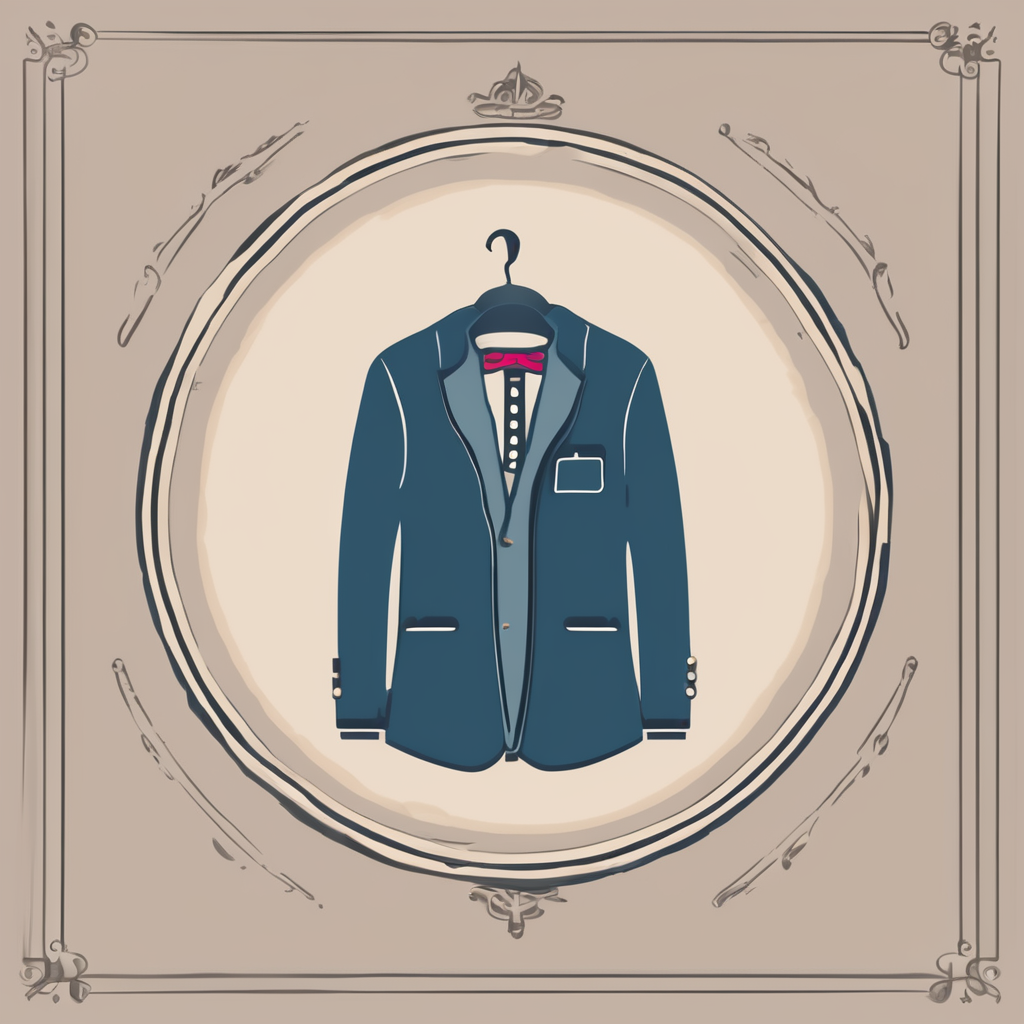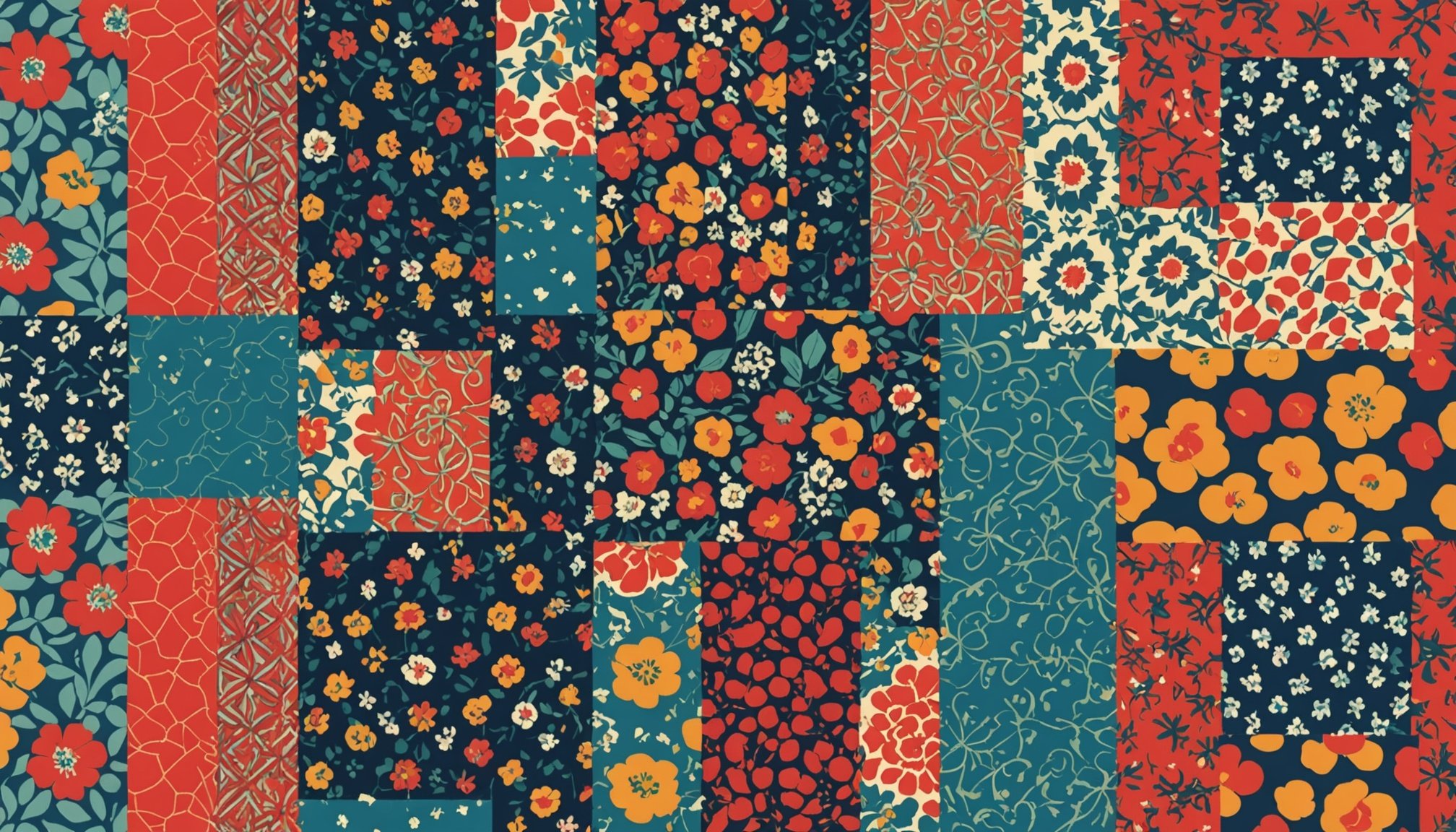Understanding Print Mixing
Print mixing is an essential aspect of fashion and design, blending various patterns to create visually appealing and unique styles. The art of combining patterns like stripes, polka dots, or florals can transform an outfit from ordinary to extraordinary, showcasing personal flair and creativity. This technique not only adds depth but also reveals the wearer’s boldness and understanding of fashion dynamics.
One cannot overlook the psychological impact that colours and patterns exert on aesthetics. Patterns imbue emotional responses; for example, vivid colour combinations might evoke happiness or excitement, while more subdued ones could convey calmness or understated elegance. Understanding these nuances helps in achieving the desired emotional and visual appeal.
Also to discover : Unlock salon-quality at-home nails: your guide to perfect manicures with the best uk products
However, print mixing comes with its own set of challenges and misconceptions. A common issue is the fear of clashing patterns where an outfit may appear too chaotic. This often leads to hesitation in attempting combining patterns, limiting creativity. Additionally, there is a misconception that prints need to match perfectly, which stifles experimentation. Instead, focusing on colours that complement rather than match, and patterns that contrast appealingly, can lead to a more cohesive look. Embracing these elements can unlock endless possibilities in design and styling.
Fundamental Principles of Print Mixing
When venturing into the world of print mixing, understanding a few key principles can transform your fashion styling efforts. Let’s delve into some print mixing tips that can guide you to layering patterns with confidence and flair.
Also to see : Explore custom tattoo artistry at dublin's black hat studio
The Basics of Colour Theory
The essence of successful print mixing often lies in colour harmony. By understanding colour theory, you can make informed choices. Complementary colours, situated opposite each other on the colour wheel, create striking contrasts, perfect for bold statements. In contrast, analogous colours, which are side-by-side, provide a subtle, cohesive look ideal for a more relaxing style. Employing the colour wheel is an invaluable tool, ensuring your selections are both aesthetically pleasing and balanced.
Scale and Proportion
Size matters when mixing prints. Varying sizes of prints can create visual intrigue. Bold prints can be tempered by pairing them with more subtle patterns, creating a balanced ensemble. Layering these elements can add depth and interest, providing a dynamic visual narrative that asserts both style and creativity.
Texture and Fabric Considerations
Fabric texture adds another dimension to print perception. For instance, combining a sleek satin fabric with a textured linen can yield intriguing results. Mixing different textures in your prints enhances the overall composition, inviting a viewer to engage with your fashion statement fully. Examples include pairing a chunky knit with a smooth silk print, which can deliver a perfect marriage of visual and tactile appeal.
Practical Tips for Combining Patterns
Combining patterns is an art, and it starts with understanding some actionable tips. If you’re a beginner, consider this step-by-step guide: start with two different print combinations that share a common color. This could be as simple as combining a striped shirt with a floral skirt in matching hues. This connection makes the outfit harmonious while still offering a bold statement.
Fashion advice often emphasizes the importance of personal style and experimentation. It’s your wardrobe, after all, and reflecting your individuality is crucial. Try mixing patterns of different scales, like a large plaid with slim pinstripes, to see what resonates with you.
Fashion icons often demonstrate successful print mixes, providing inspiration. Take cues from their combinations to understand what works. For instance, pairing polka dots with animal prints can create a tantalizing visual contrast while keeping a cohesive look through a unified color palette.
Remember, confidence is key to making any fashion statement successful. Approach your clothing as a canvas for your creativity, and don’t shy away from trying unexpected print combinations—each attempt is a step towards discovering your unique style.
Visual Examples of Successful Print Mixing
Exploring print mixing examples can offer vibrant possibilities for your wardrobe and home. This approach to style invites creativity, whether dressing casually, professionally, or decorating your living space.
Everyday Casual Styles
Print mixing finds a natural home in everyday wear. Think of pairing a striped top with a floral skirt—these outfits exhibit casual print mixing with flair. Accessorizing adds depth to these combinations. Choose neutral or single-tone accessories to create harmony amid bold patterns. Alternatively, echo a print’s subtle color in your bag or shoes. These techniques enrich your look while ensuring you maintain a balanced ensemble.
Formal and Professional Attire
In formal settings, precise print combinations can command attention. Opt for sleek, coordinated prints in office wear for a confident look. Stripes paired with geometric patterns exemplify sophistication. When attending formal events, choosing a dominant print with a secondary, quieter one can create interest without overwhelming. Such strategies ensure professionalism and style coexist seamlessly.
Home Decor Inspirations
Print mixing transcends fashion, finding a unique expression in home decor. Integrating diverse prints, like polka dots with stripes, in cushions and rugs creates a dynamic living space. The key lies in balancing boldness with restraint. By focusing on a unified color palette, you achieve both functionality and aesthetics, making your home visually inviting yet coherent.
Common Dos and Don’ts of Print Mixing
Navigating the art of print mixing can elevate your fashion game when done correctly. Following a solid print mixing guide is essential to master this styling approach. There are key rules to follow and common mistakes to avoid.
First and foremost, balance is crucial. When layering patterns, aim to pair bold prints with subtle ones to maintain harmony in your outfit. A stylist may advise starting with a neutral base when you’re unsure, then gradually introducing more vibrant patterns. Contrast in scale, such as a large floral print with a small geometric design, can create an interesting visual impact without overwhelming the look.
It’s equally important to be cautious of some pitfalls when mixing prints. Clashing colours can make an outfit appear chaotic rather than fashionable. Refrain from combining multiple busy prints as it may result in a lack of focus. Additionally, mixing prints without cohesion, such as mismatching themes, can diminish the overall elegance.
Versatility is the cornerstone of an adaptable wardrobe. By embracing versatile fashion rules, your print-mixed outfits become multipurpose, easily transitioning from day to night. These insights not only provide clarity in styling choices but also encourage creativity while adhering to essential fashion principles.
Frequently Asked Questions about Print Mixing
Navigating the world of print mixing can be both exciting and intimidating. Here are some of the most common queries to help ease your fashion journey.
Can anyone master print mixing?
Absolutely, anyone can master print mixing! The key is to embrace your personal style abilities and practice regularly. Start small by pairing simpler patterns like stripes with florals, gradually building your confidence. Learning to mix prints effectively is akin to any other skill—it improves with practice and patience. If you feel unsure, an expert’s fashion queries or advice can be invaluable. Encouragingly, many resources provide guidance, making the journey enjoyable and attainable for all.
How do I choose prints that go together?
To discover compatible prints, engage in practical exercises such as laying out different patterns to see how they interact. This hands-on method will help you develop a keen eye for combinations. There are numerous resources and tools which assist in selecting harmonious patterns. Consider mood boards, fashion apps, or even online courses as tools to refine your vision and make informed decisions.
What are the best prints to mix?
For seamless blending, classics like polka dots and plaid provide a timeless foundation. Exploring cultural prints opens avenues for unique pairings, offering fresh perspectives and creativity in your wardrobe. By observing how colours and scales harmonise, you can experiment more freely while staying within complementary boundaries.











